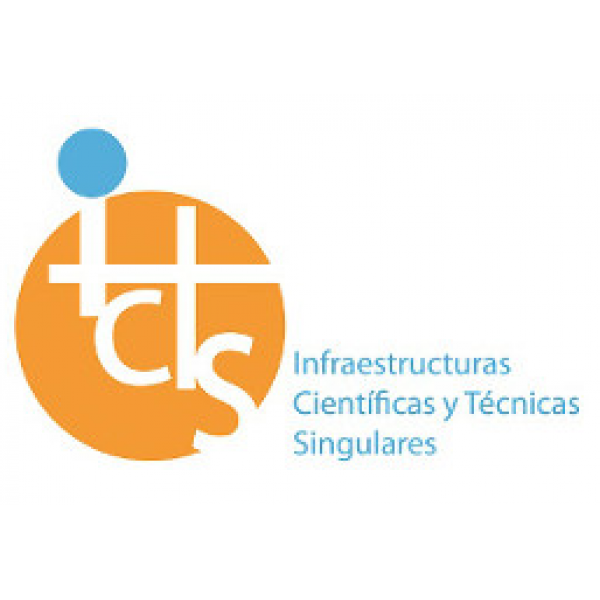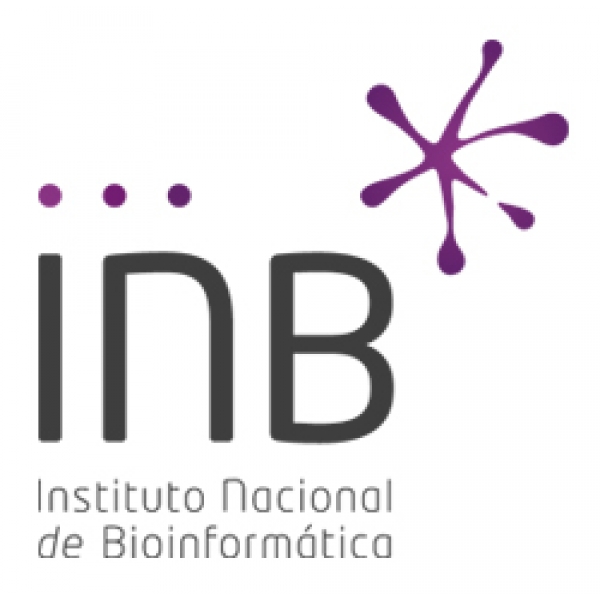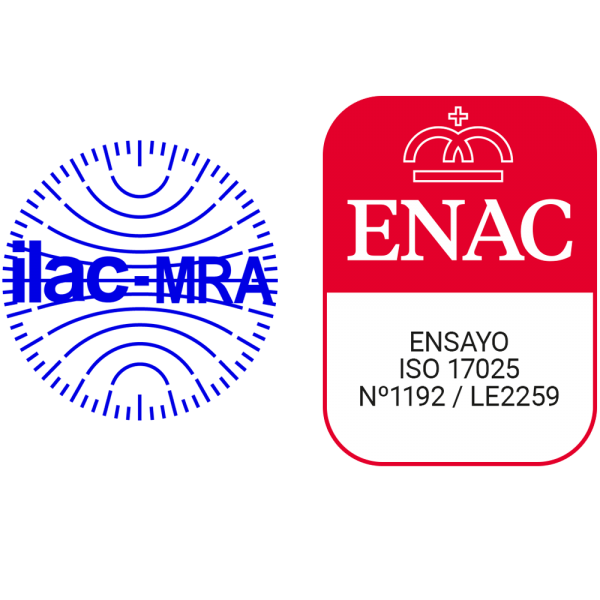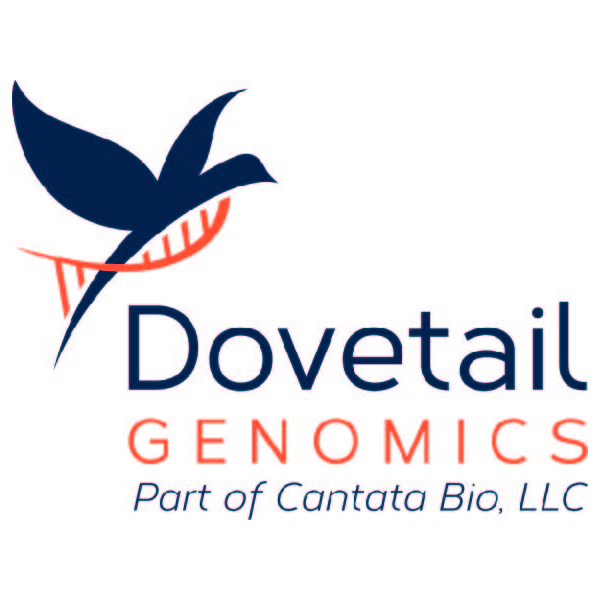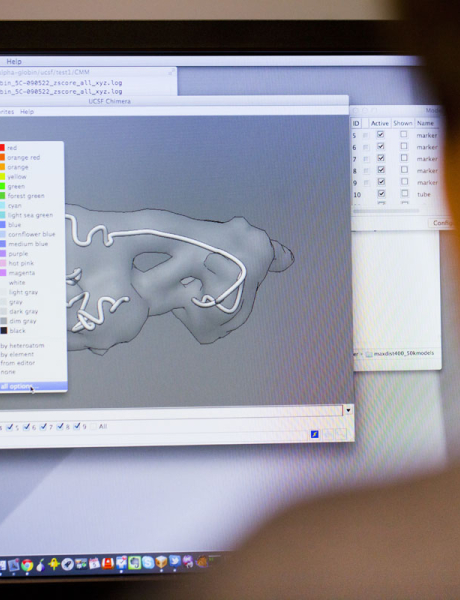
The three-dimensional folding of chromatin plays roles in almost all aspect of genome regulation, including gene expression, chromosome segregation and genome stability. Although the structure of chromatin at the level of several nucleosomes has been described in some detail, many aspects of higher-order chromatin structure (hundreds of Kb) remain unknown. Higher-order chromatin structures are thought to play roles in long-range gene regulation, (e.g., the formation of chromatin loops between genes and distal regulatory elements) and in formation of compact metaphase chromosomes. Despite its functional importance, detailed insights into these structures and the mechanisms of their formation are still lacking.
Here we propose to integrate genomics, imaging and computational methods to obtain insights into the folding of chromatin in human cells. First, we will employ the 5C technology to generate dense chromatin interaction maps of Mb-sized chromosomal domains. Cutting edge imaging methods will provide complementary data and reveal cell-to-cell variability in conformation. Computational modeling using the Integrated Modeling Platform will combine these datasets to generate 3D models for these domains. Given that chromatin conformation is correlated with gene expression and likely varies dramatically during the cell cycle we will analyze a set of loci whose transcriptional activity can be experimentally modulated by Estrogen. Further, the conformation of these loci will be analyzed at different cell cycle stages. Combined, these experiments will provide insights into higher- order chromatin structures, how these structures are related to transcriptional activity and how they dynamically change during the cell cycle.




